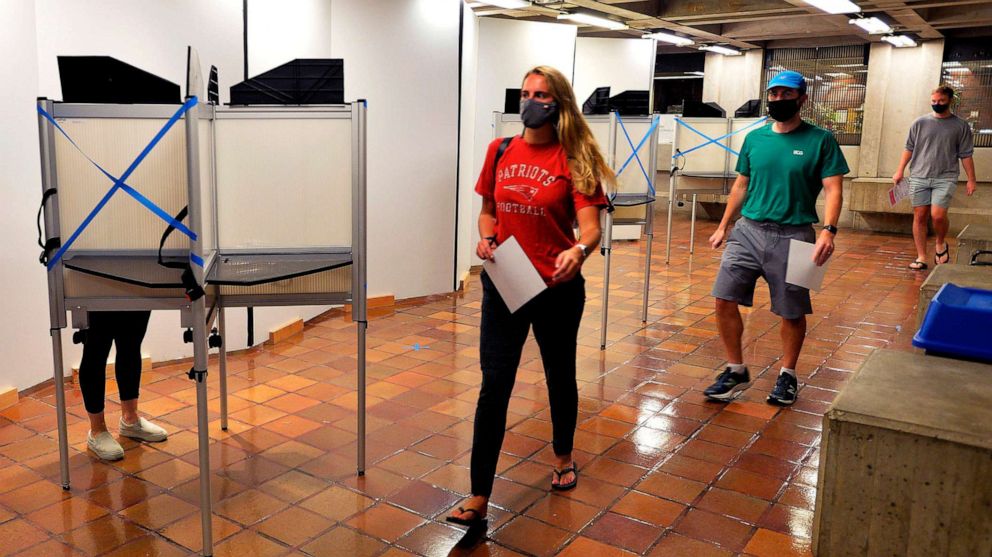How to stay safe when hitting the polls this election season
With less than two weeks to go before the U.S. presidential election, many Americans are worried about voting safely during the pandemic.
"As the pandemic continues to spread, it’s vital that we balance the right for citizens to vote along with the importance to maintain their health and safety in doing so," said Dr. Krutika Kuppalli, vice chair of the Infectious Diseases Society of America’s (IDSA) global health committee and emerging leader in biosecurity fellow at the Johns Hopkins Center for Health Security, during a media briefing held on Sept. 2 by IDSA, a community of doctors and public health experts who specialize in infectious disease.
Public health leaders agree that voting by mail is the safest method for minimizing the risk of COVID-19 infection. But it may not be feasible for all voters to use mail-in ballots, according to Myrna Pérez, director of the voting rights and elections program at the Brennan Center for Justice. At the IDSA media briefing, Pérez noted that some voters' need for certain services that are best-provided at polling places, like language translation or aid for the visually or physically impaired, represents one drawback of mail-in voting.
"In this time of crisis, we need to make sure that voters have options," Pérez said. In-person voting remains an important option for countless Americans who may not be able to vote by mail.
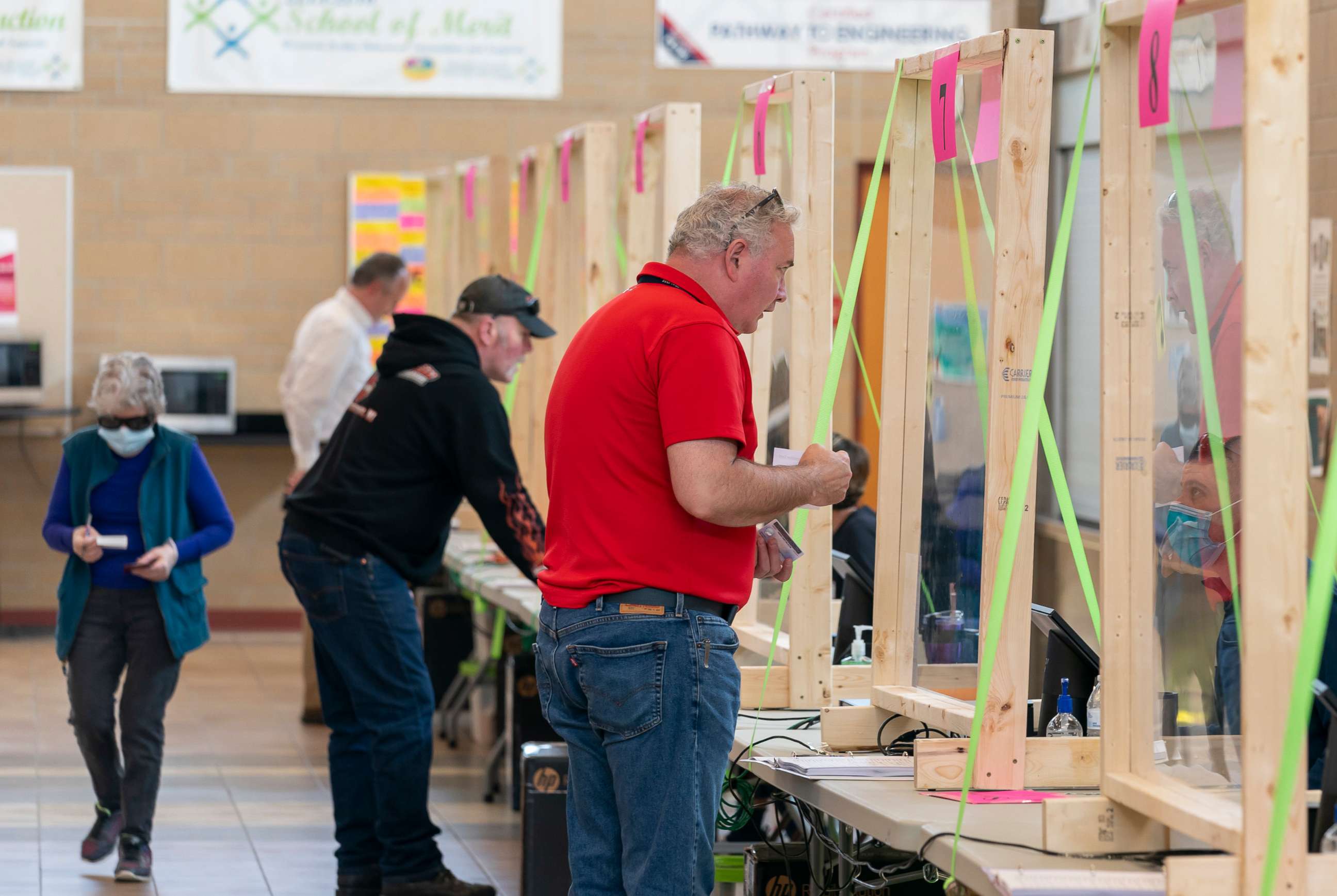
Although many people are concerned about the safety of in-person voting during the COVID-19 pandemic, public health experts say that with the proper precautions, risks can be minimized. The IDSA developed safety guidelines for those who need to vote in person, which can be accessed here.
It will be especially important to focus on controlling the spread of COVID-19 in the weeks leading up to the elections. "Our best chance of having a safe election is that all citizens play a role in helping to reduce community transmission," said Kuppalli. That means practicing good hand hygiene, wearing masks, maintaining physical distances of at least six feet from others and abstaining from social gatherings.
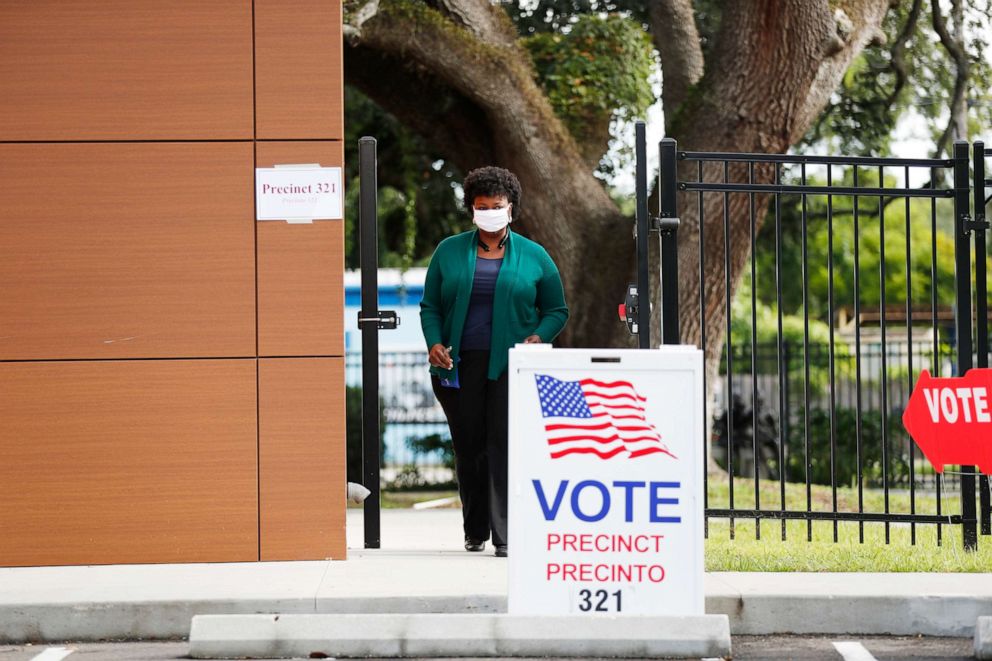
Below are answers to some common questions about voting safely during the COVID-19 pandemic.
How dangerous is it to vote in person?
"When it comes to COVID-19, there is no activity that is zero risk," said Dr. Amesh Adalja, FIDSA, infectious disease specialist and senior scholar at the Johns Hopkins University Center for Health Security, in an email to ABC News. "The riskiest aspect is likely if there is a line where people cannot social distance," he added.
Can in-person voting be safe?
"Voting in person can be relatively safe if people are able to social distance, wear face coverings, and avoid congregation," said Adalja.
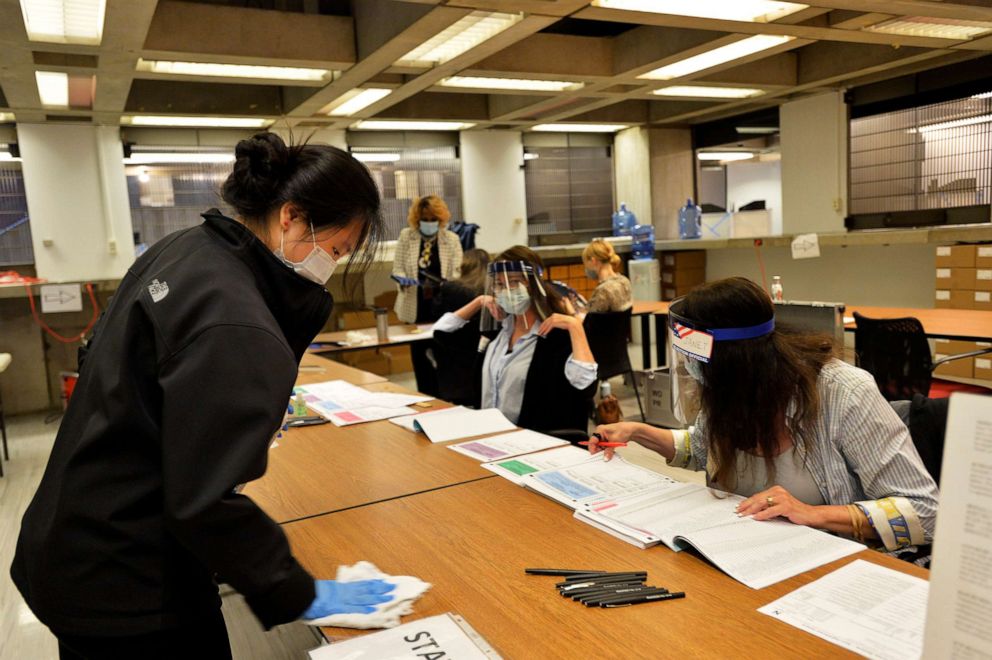
What can voters do to minimize their risk of getting COVID-19 at the polls?
Our experts offered these tips:
- Be prepared to come early and to wait outside as long as possible.
- Maintain six feet of distance between yourself and other voters or poll workers.
- Wear a mask.
- Wash your hands frequently.
- Refrain from touching your face.
- Ask poll workers any questions you have about safety measures that are in place.
- Any sick, disabled, or high-risk voter should engage in curbside voting if available.
What about voters who have COVID-19 or COVID-19 positive members of their households?
Individuals with known COVID-19 or who have been exposed to COVID-19 should continue self-quarantining. In many states, these individuals may qualify for exemptions for mail-in ballots, according to Pérez. She encouraged those with COVID-19 to apply for a vote-by-mail exemption, even if they live in a state with strict voting guidelines.
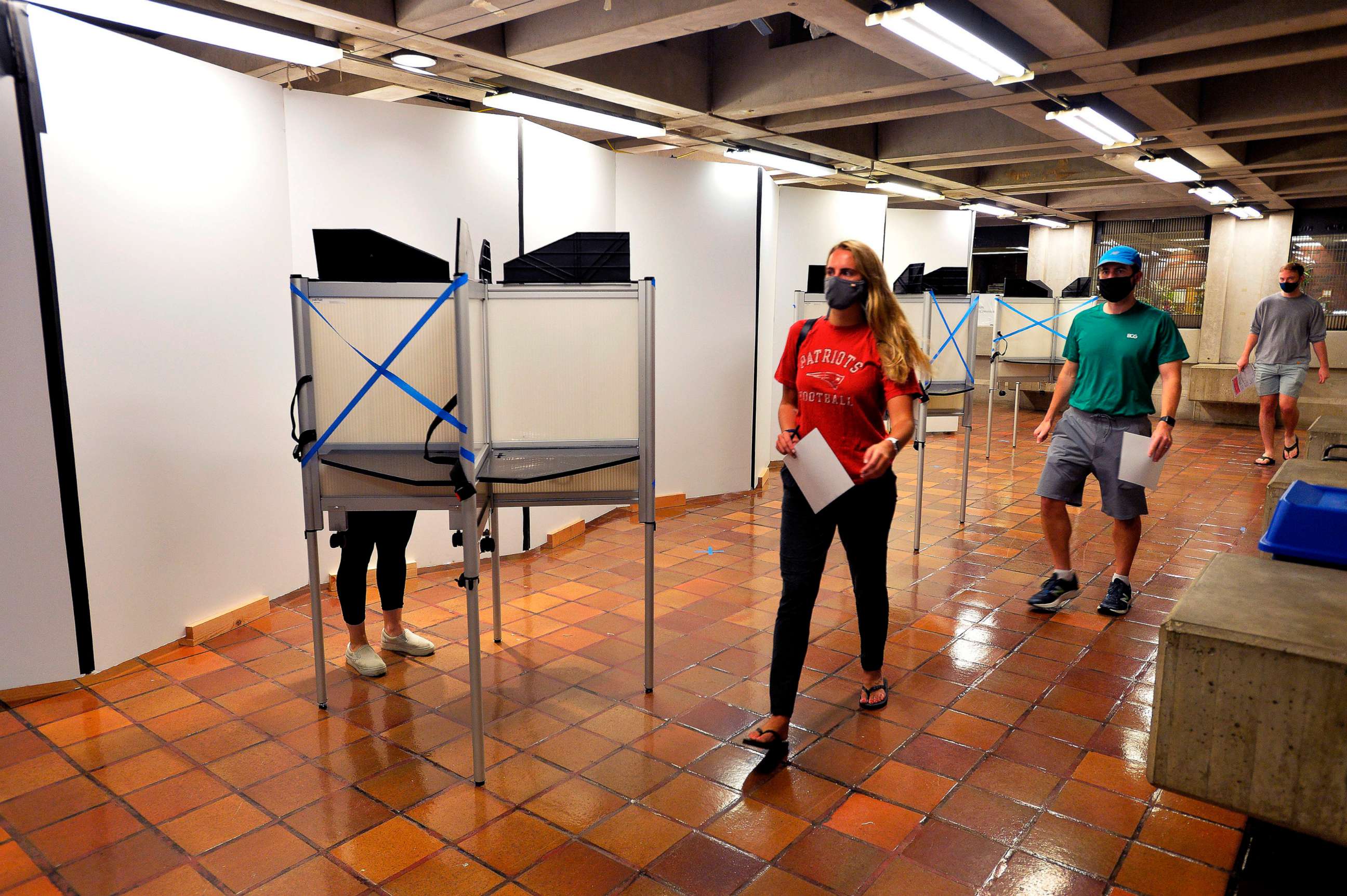
Should I consider volunteering to be a poll worker?
There is a push for new volunteers as most of the country’s poll workers are in high-risk categories because of their age. Consider volunteering if you are young and healthy, but Kuppalli suggests speaking to your health care provider first regarding whether it is safe for you to volunteer.
Leah Croll, M.D., is a neurology resident at NYU Langone Health and a contributor to the ABC News Medical Unit.
